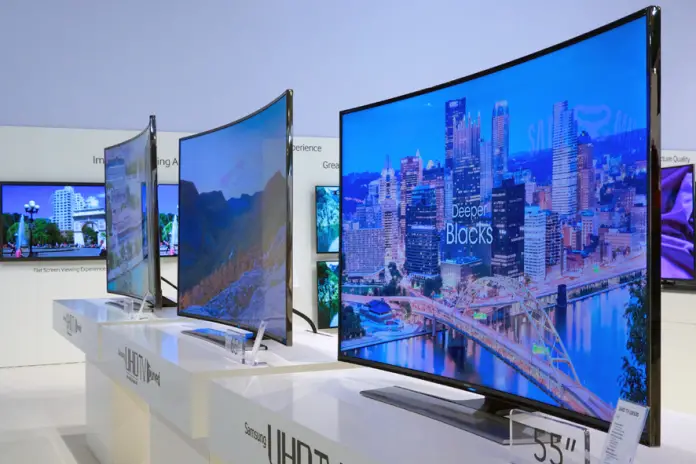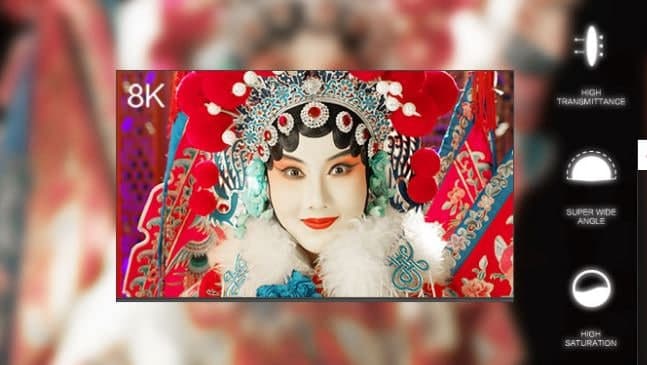Today, manufacturers offer a wide range of display technologies, and one of them is ADS. You may come across this abbreviation in the specs of TVs, monitors, phones, or tablets. For example, Samsung’s QN85A series TVs are equipped with IPS ADS panels.
ADS is a variation of IPS (In-Plane Switching) displays. Originally, this technology was called ADSDS (Advanced Super Dimension Switch), but because the name was hard to pronounce and remember, it was shortened to ADS for commercial use. The technology was first introduced by the Chinese company BOE in 2012 and has since been used in various devices.
How Is ADS IPS Different from Regular IPS?
Manufacturers claim several advantages for ADS IPS panels, including increased brightness, improved contrast, and enhanced screen rigidity. Let’s take a closer look at these claims.
Improved rigidity — yes, the screens are made to be sturdier. You can feel this by gently pressing on the display — it flexes less. But let’s be honest: how often do you actually press on the screen? If it’s a TV, probably never. And if it’s a touchscreen device, the screen is already protected by a layer of glass that serves this exact purpose.
Increased brightness — the brightness of an LCD mostly depends on the strength of its backlight. A more powerful backlight means a brighter screen, regardless of the panel type. Also, by design, IPS displays already offer high brightness and contrast, so ADS doesn’t necessarily stand out in this regard.
Improved contrast — contrast ratio depends on many factors, primarily the quality of the materials used in the panel. A standard IPS display can easily have the same contrast as an ADS IPS one, depending on how well it’s made.
Should You Choose ADS?
This doesn’t mean ADS IPS screens are bad. But it’s important to understand that this is just one of many IPS technologies. There are about a dozen similar variants on the market — BOE simply created its own approach to IPS panel manufacturing.
Yes, ADS IPS displays are still high-quality screens, but in actual use, they don’t offer any particularly noticeable advantages over other IPS technologies.







